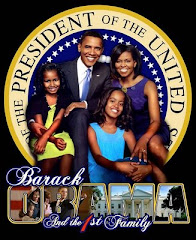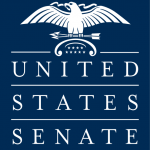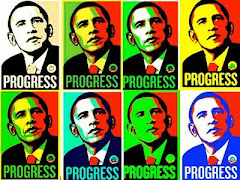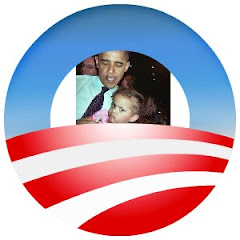
The House Releases It's Health-Care Reform Bill
Ezra Klein Takes A Look
On first glance, it looks good. A few thoughts:
The Process Is the Message: Three separate committees -- Energy and Commerce, Ways and Means, and Education and Labor -- have come together on one bill. This is an incredible achievement. If you read histories of the 1994 health-care reform fight, all of them have a substantial section on the committee crack-up: One passed a version of single-payer, another a variant of Bill Clinton's reform, another went further to the right. There was no unity.
There is unity now. And if it holds -- if the House of Representatives manages to pass this plan with a substantial majority of enthusiastic Democrats -- that significantly strengthens the House's hand in its eventual negotiations with the more fractious Senate. That's a big "if." But so too would have been the idea that three separate committees could cooperate on a bill of this size.
The Public Plan: You can download a summary sheet here. The public plan -- which is really three, or maybe four, insurance plans -- pays Medicare rates to hospitals (and Medicare rates plus five percent to physicians -- thanks to Marci Wheeler for the correction) for the first three years and then begins negotiating on its own. It is open to anyone with access to the Health Insurance Exchange.
The Benefit Packages: This is why I say there could be three, even four, public plans. Within the Health Insurance Exchange, the basic plan that everyone needs to offer is, well, the "basic plan." On first glance, it's pretty comprehensive: It has to be equal in value to the prevailing employer-based insurance in the area. Cost-sharing cannot exceed $5,000 for individuals or $10,000 for families in the first year (it can then grow by the rate of inflation each year after that). It is heavily regulated. And then there is an "enhanced" plan above it, with less cost-sharing, and then a "premium" plan above that, with even less cost sharing, and then a "premium-plus" plan above that. Of these, only the "premium-plus" plan can vary in benefits, as opposed to vary in cost-sharing. The public plan can offer all levels of plan.
The Health Insurance Exchange: It's run nationally, though states can opt out of the national structure and go it alone if they choose, and if they follow federal rules. In the first year, it accepts those without health insurance, those who are buying health insurance on their own, and small businesses with fewer than 10 people. In the second year, it accepts small businesses with fewer than 20 people. After that, "larger employers as permitted by the Commissioner." In other words, expansion is discretionary, not mandated. The only people able to access the public plan in the early years will be on the exchange, and the exchange will be, relative to the population, pretty limited. So the public plan will be limited, and so too will any anticipated savings.
Affordability and Subsidies: The House bill has subsidies up to 400 percent of poverty, which is equal to $43,320 for an individual and $88,200 for a family of four. At the bottom end -- 133 percent if income, as below that, you're eligible for Medicaid -- the subsidies limit your health premiums to 1.5 percent of income. At the top end -- 400 percent -- it's no more than 11 percent of income. Speaking of the out-of-pocket cap, all of the benefit packages -- from the "basic" plan on upward -- cap total costs for members. So if you're not eligible for subsidies, you're still going to be protected from catastrophic health-care costs.
(Read Rest of Article)Photo credit: Susan Walsh -- Associated Press Photo .






































